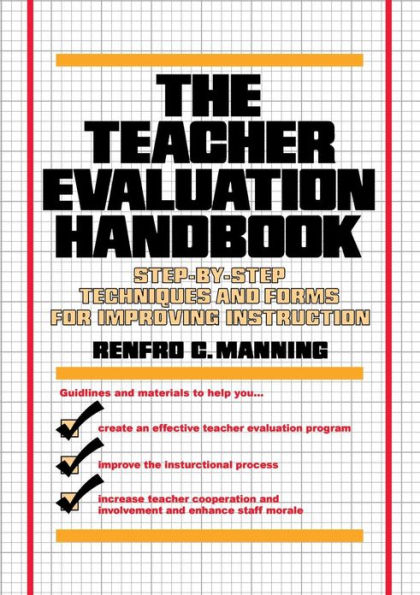5
1

The Teacher Evaluation Handbook: Step-by-Step Techniques and Forms for Improving Instruction
208
The Teacher Evaluation Handbook: Step-by-Step Techniques and Forms for Improving Instruction
208Paperback
$37.95
37.95
In Stock

From the B&N Reads Blog
